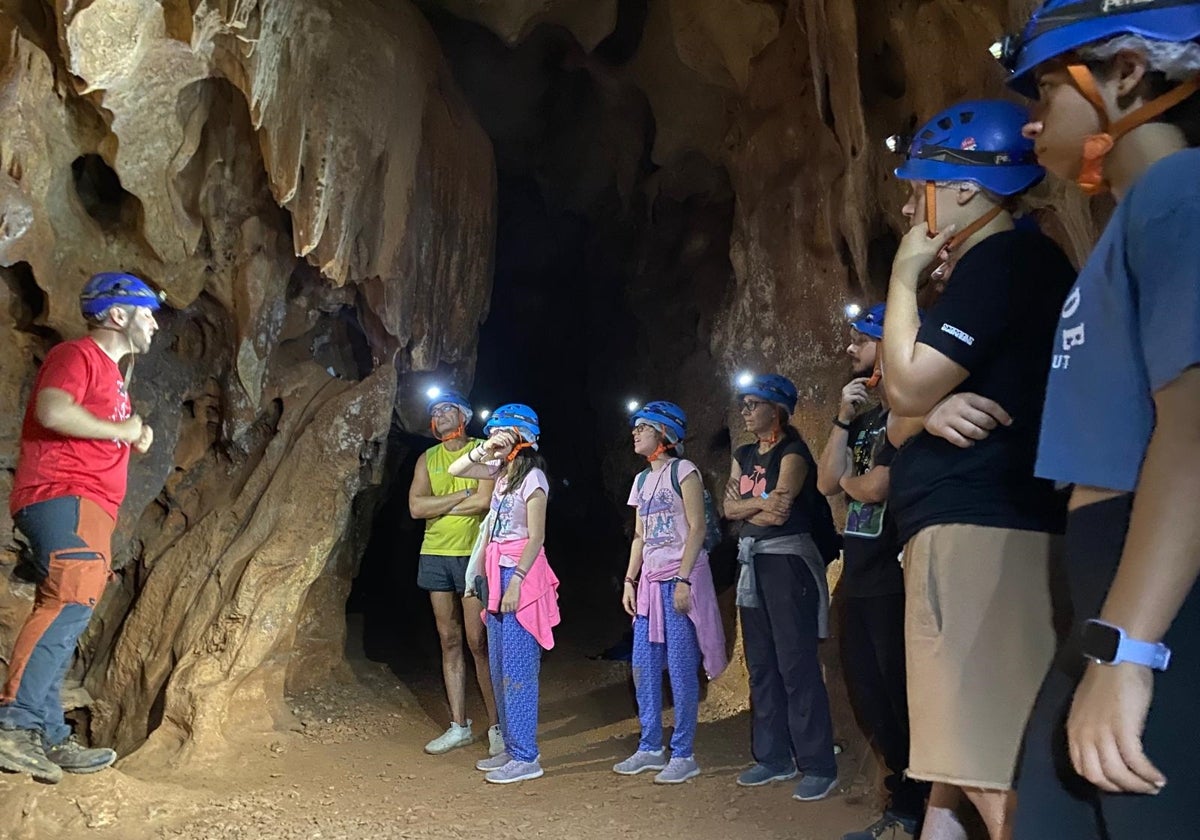Costa del Sol cave is 'open for archaeological research'
An international group of archaeologists is working at the Cueva de la Victoria in Rincón de la Victoria and are offering the possibility to the public to participate in the project
The Cueva de la Victoria in Rincón de la Victoria on the eastern stretch of the Costa del Sol has been the focus of a two-and-and-a-half-year research programme being undertaken by a large international team of scientists.
María del Mar Espejo Herrerías, José Ramos Muñoz, Luis-Efrén Fernández Rodríguez, Cristina Liñán Baena, Yolanda del Rosal Padial, José Antonio Molina Muñoz, Antonio Aranda Cruces and Pedro Cantalejo Duarte are working on this site in Rincón. This group is linked to the Cueva de Nerja, the Cueva de Ardales and the universities of Cadiz and Malaga.
Their work is part of the international First Art Project, directed by the Spaniard Hipólito Collado Giraldo, and the international EVA Neanderthal DNA Project of the Max Planck Institute for Evolutionary Anthropology.
This team has now developed a programme in which members of the public can visit the site called 'Open for archaeological research', as Pedro Cantalejo, curator of the Ardales and Rincón caves, explained. He adds that up to 30 people per day can visit the cave, divided into groups of 10.
"Those who decide to try this experience have the opportunity to be inside the cave for about two hours. The main objective is to get to know directly the prehistoric, archaeological and human remains that are preserved," Cantalejo pointed out.
Not dangerous
It is a low-intensity speleological visit, which, he explained is not dangerous and can be done as a family, even with children from the age of eight. Once inside, visitors receive information about the scientific procedures that allow them to learn about the different prehistoric climates, the vegetation that existed outside the caves, the land and sea fauna that they consumed as food or that lived in their environment, such as, for example, one of the oldest chameleons in the Iberian peninsula, documented in the area.
Cantalejo pointed out that both the Cueva del Tesoro and the Cueva de la Victoria, both of which were discovered in the 18th century, are exceptional and unique in the world. There is evidence of Neanderthals and Homo Sapiens having used the caves due to archaeological sediments and both Palaeolithic and Neolithic cave paintings.
The 'Open for archaeological research' programme began in July and is expected to run until December.

